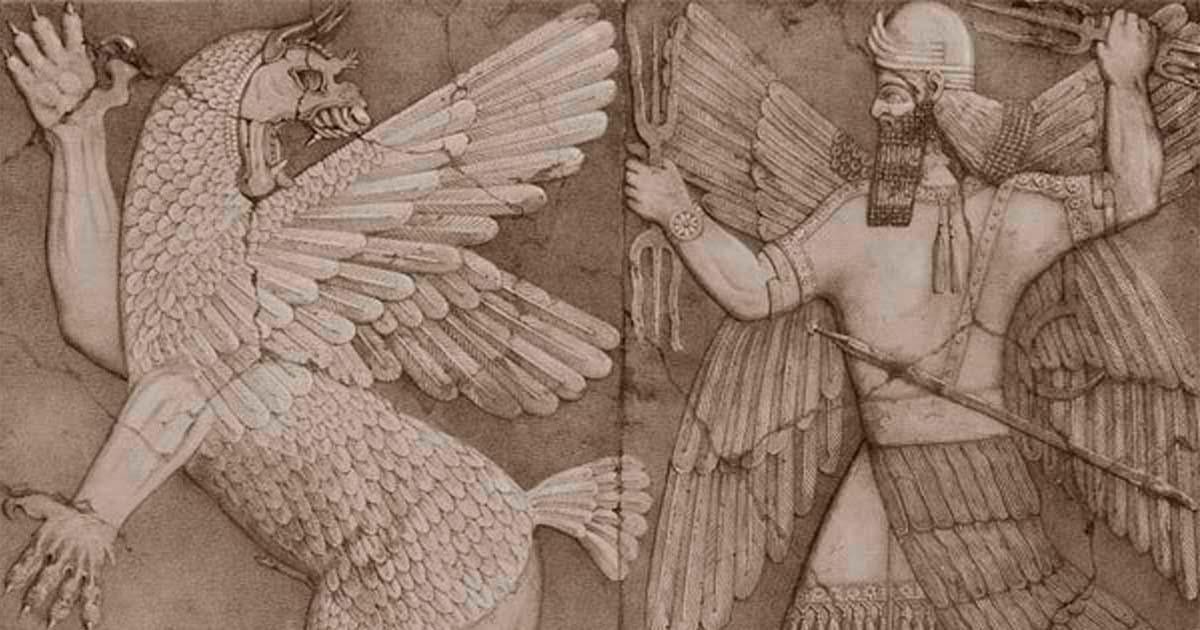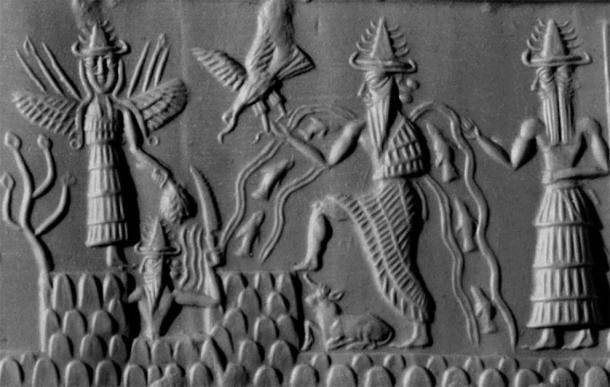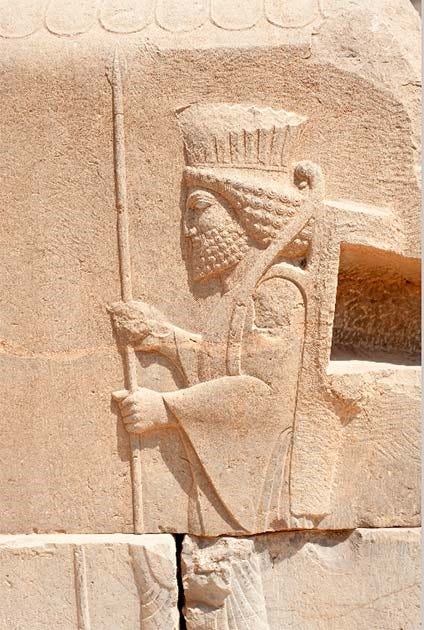The Origins of Human Beings According to Ancient Sumerian Texts

Sumer, known as the 'land of civilized kings,' thrived in Mesopotamia, which is now modern-day Iraq, around 4500 BC. The Sumerians developed an advanced civilization featuring a complex language and writing system, impressive architecture and arts, and sophisticated knowledge in astronomy and mathematics. Their religion was equally intricate, with a pantheon of hundreds of gods. Each Sumerian city was believed to be protected by its own deity, and humans were considered servants to these gods.
The Tablet of Nippur: Discovering Ancient Sumerian Texts
One of the earliest known creation stories, the Sumerian creation myth, offers profound insights into the religious, political, and cultural life of ancient Mesopotamia. This legend is preserved on a tablet from Nippur, an ancient city founded around 5000 BC. The Sumerian creation story, known as Enuma Elish, begins:
When in the height heaven was not named, And the earth beneath did not yet bear a name, And the primeval Apsu, who begat them, And chaos, Tiamut, the mother of them both Their waters were mingled together, And no field was formed, no marsh was to be seen; When of the gods none had been called into being, And none bore a name, and no destinies were ordained; Then were created the gods in the midst of heaven, Lahmu and Lahamu were called into being...
The myth describes how the gods eventually rebelled against their arduous labor, expressing their distress over the heavy workload.

The Unity of God and Man: How the First Human Came into Existence
Anu, the supreme god, acknowledged that the gods' labor was too burdensome. His son Enki, also known as Ea, proposed creating humans to take over the work. With the assistance of his half-sister Ninki, Enki carried out this plan. They sacrificed a god and mixed his body and blood with clay to create the first human, modeled in the likeness of the gods.
You have slaughtered a god together With his personality I have removed your heavy work I have imposed your toil on man. … In the clay, god and man Shall be bound, To a unity brought together; So that to the end of days The Flesh and the Soul Which in a god have ripened – That soul in a blood-kinship be bound.
This first human was created in Eden, a Sumerian word meaning 'flat terrain.' In the Epic of Gilgamesh, Eden is described as the garden of the gods, located in Mesopotamia between the Tigris and Euphrates rivers.

The Modification and Conflict of Creation
Initially, humans were unable to reproduce independently but were later modified with the help of Enki and Ninki. This modification led to the creation of Adapa, a fully functional and independent human being. However, this act was done without the approval of Enki’s brother, Enlil, leading to a divine conflict. Enlil became an adversary to humans, causing them much hardship and suffering as they served the gods.
The Sumerian Parallel to Adam and Eve
Adapa, aided by Enki, ascended to Anu but failed to answer a crucial question about ‘the bread and water of life’. This story has parallels to the biblical account of Adam and Eve in the Garden of Eden. While Adapa was endowed with great wisdom by Enki, he unknowingly rejected immortality when he refused the "bread and water of life." Similarly, Adam and Eve were tempted by the serpent to eat from the Tree of Knowledge, leading to their expulsion from Eden.
Overall, the Sumerian creation myth is significant as one of the earliest known creation stories, providing valuable insights into the religious, political, and cultural dimensions of ancient Mesopotamia.
Note: Ancient Sumerian translations were taken from William Bramley’s book, The Gods of Eden.
By Ioannis Syrigos
References
Sumerian creation myth. Available at: https://en.wikipedia.org/wiki/Sumerian_creation_myth
1902. Enuma Elish - The Epic of Creation. Available at: https://www.sacred-texts.com/ane/enuma.htm
Sumerian Myths of Origins. Available at: https://www.sacred-texts.com/ane/sum/sum07.htm
Sumerian Deities. Available at: http://www.sarissa.org/sumer/sumer_g.php



Anything before 'recorded' history is pure conjecture. It is one conjecture compared to another. All of it is basic conjecture. Nobody really knows and few actually care.
there is so much knowledge to be acquired by learning pre-history and archeology, I love learning more and more and I thought I know so much and there is so much more to learn. at 77 and a Travel Specialist for 30 years I have traveled to many places in the world and there is so much more worlds I need to see.